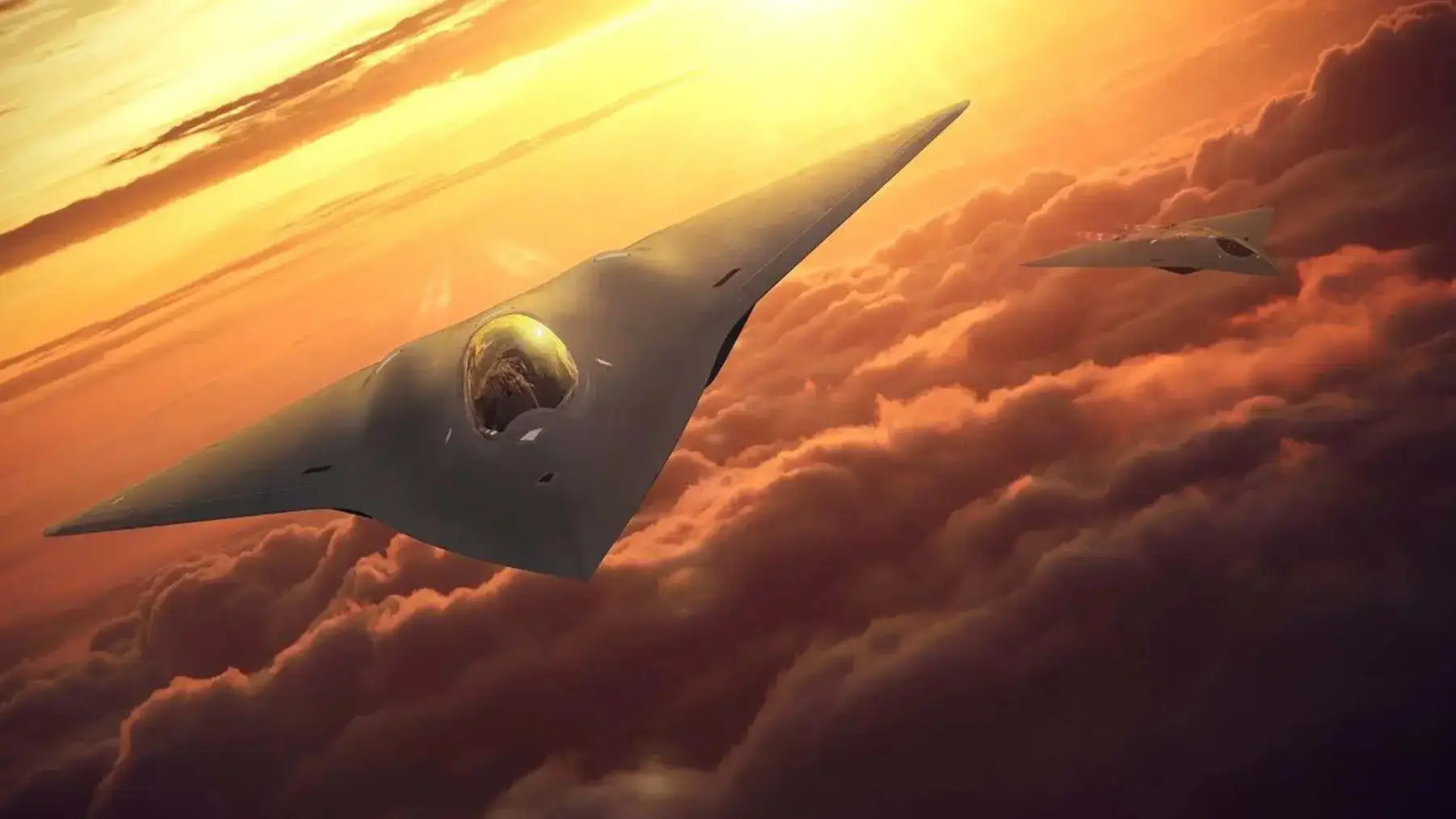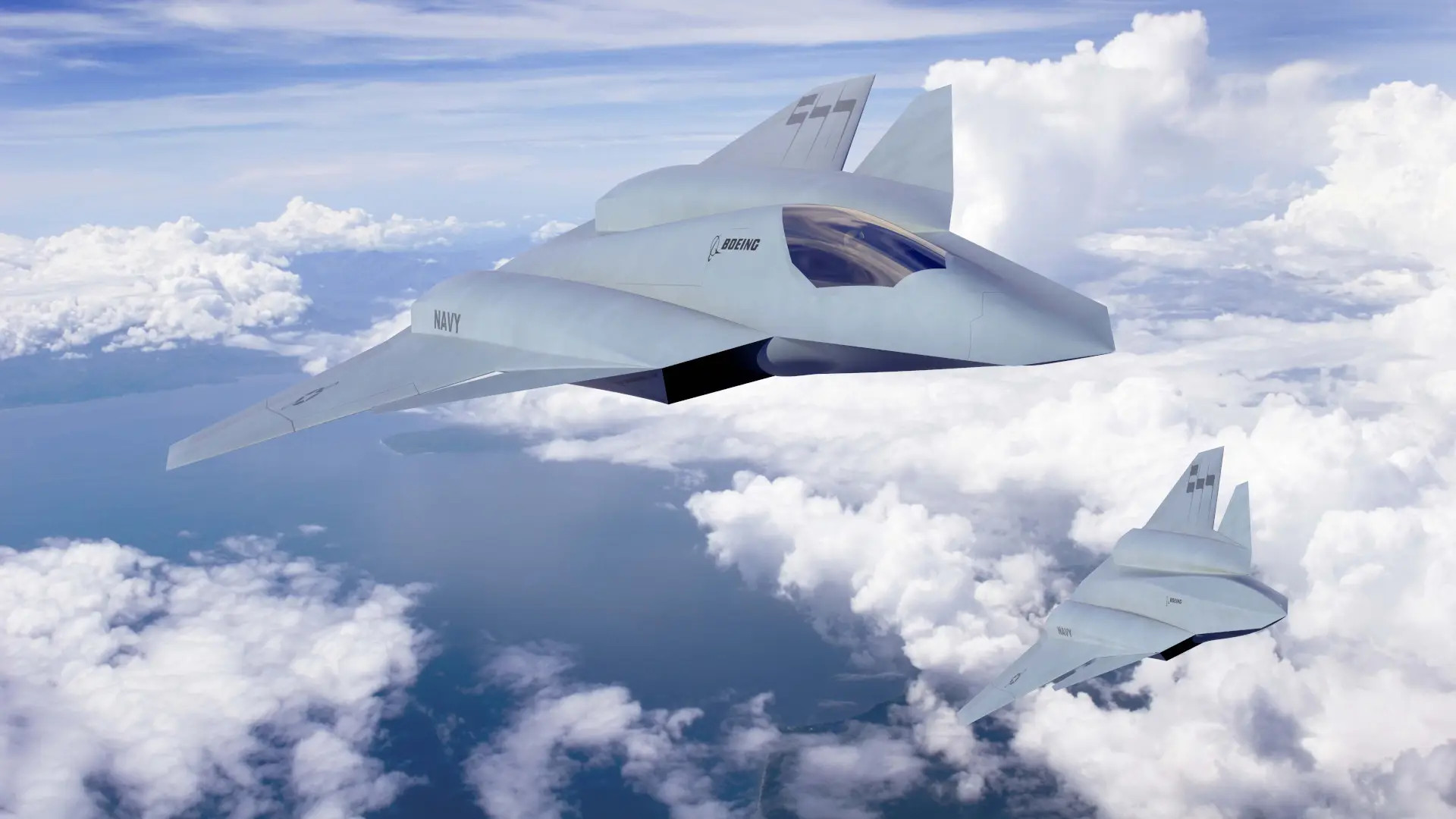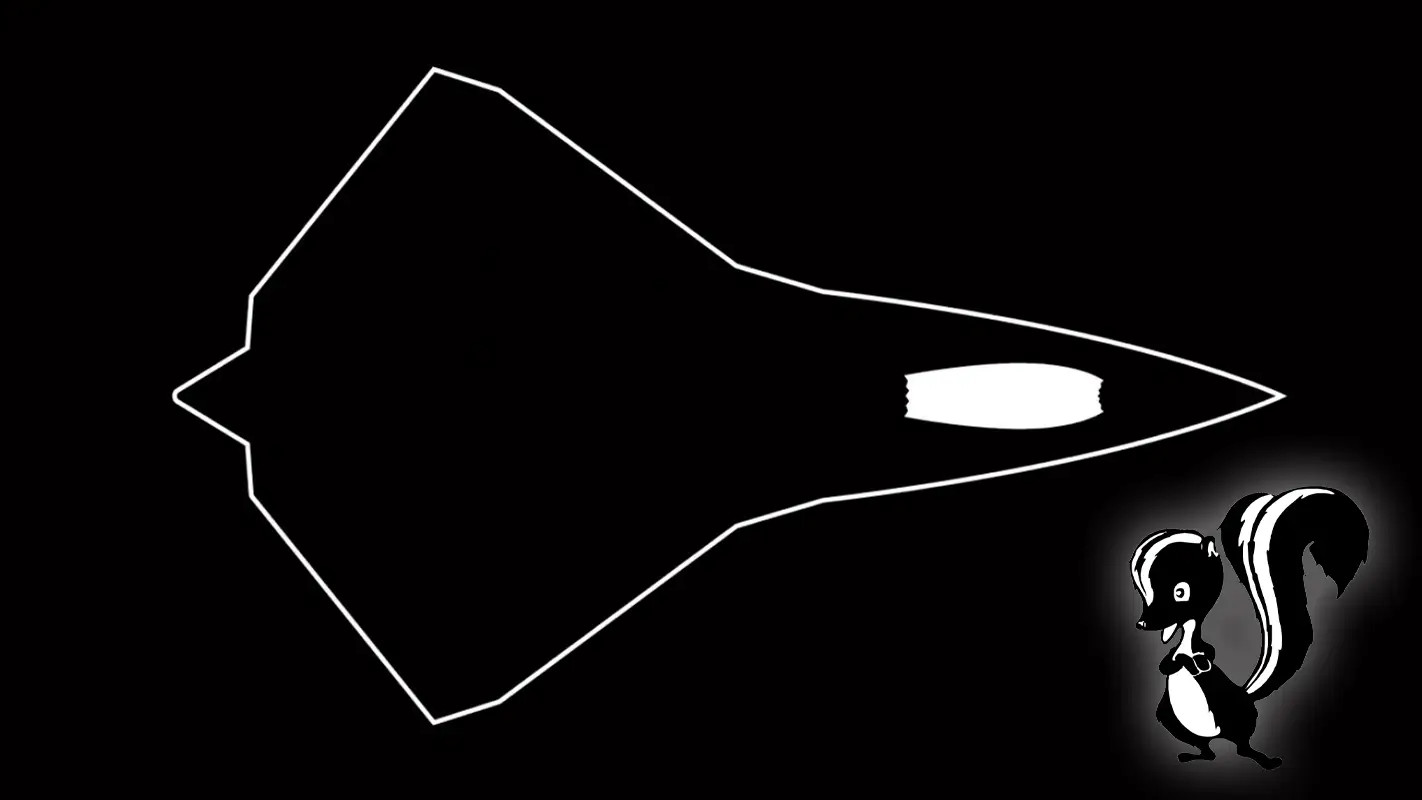Northrop Grumman has removed itself from the running, at least as a prime contractor, to design and build a new sixth-generation stealthy crewed combat jet under the U.S. Air Force’s Next Generation Air Dominance (NGAD) program. This is in line with a report last month that the field of NGAD combat jet competitors had shrunk from three to two, with the remaining pair widely believed to be Boeing and Lockheed Martin. The company has left open the possibility of joining another NGAD team led by a different prime contractor.
Kathy Warden, Northrop Grumman’s CEO, spoke of her company’s current strategy around the Air Force’s multi-faceted NGAD program during an earning call earlier today. In May, the service announced it had formally released a classified contract solicitation for the engineering and manufacturing phase of the development of the NGAD combat jet. This aircraft is ostensibly intended to replace the F-22 Raptor stealth fighter, but is expected to have significantly more expansive capabilities that go well beyond a traditional fighter concept.

“Before the government officially announced the program and their intent to issue the RFP, we had been quiet,” Warden said. “But we have notified the U.S. Air Force that we’re not planning to respond to the NGAD RFP as a prime.”
“I’ll just say that, when I noted we have other opportunities we are pursuing, I won’t disclose at this point exactly what those are until a little more information comes out,” she added. “You could assume that if we feel we’re well positioned, and the government is appropriately balancing risk and reward as I said that that would be a program we would pursue.”
Warden further said that the company was pursuing “other opportunities in military aircraft,” which some have taken to be a possible reference to the Navy’s F/A-XX program. F/A-XX is part of that service’s own NGAD effort, which is separate from, but heavily intertwined with the Air Force program of the same name. The Navy and the Air Force are working very closely together on various aspects of their respective NGAD initiatives.

Later in the earnings call, Warden also said that the company was “looking closely” at the Air Force’s Collaborative Combat Aircraft (CCA) program, another element of NGAD that is centered on the acquisition of a fleet of advanced, but relatively low-cost drones with high degrees of autonomy. CCA is one of the NGAD sub-components where there is also already significant cooperation between the Air Force and the Navy.
The Air Force is currently planning around the acquisition of 200 NGAD combat jets and at least 1,000 CCAs. Those numbers are based on a concept of operations that envisions two CCAs being paired with each of the NGAD jets, as well as 300 F-35A Joint Strike Fighters. The Air Force has also said that the final size of its CCA force could be much larger.

Today’s news from Northrop Grumman is not necessarily surprising. Vago Muradian, the editor-in-chief and host of the Defense & Aerospace Report, and J.J. Gertler, director of The Defense Concepts Organization and senior analyst at the Teal Group, had talked about the number of NGAD combat jet competitors dropping from three to two on a podcast back in May.
Though Boeing and Lockheed Martin are widely assumed to be the remaining two contenders, this has yet to be formally confirmed. Lockheed Martin’s famous Skunk Works advanced projects division did tease what appeared to be at least a reference, the silhouette seen below, to its proposal for the NGAD combat jet in a post on its Instagram account on June 30.

NGAD demonstrators, possibly including one from Northrop Grumman, have been flying for years now. F-22s are also being used to help test new technologies in support of the broader NGAD initiative.
This would not be the first time that Northrop Grumman has built flying demonstrator aircraft as part of the initial phases of major U.S. military aviation programs before ultimately deciding to withdraw. The company pulled out of the Navy’s Carrier-Based Aerial Refueling System (CBARS) drone tanker competition in 2017, despite its extensive work on the preceding Unmanned Carrier-Launched Airborne Surveillance and Strike (UCLASS) project. Its subsidiary Scaled Composites also crafted a design for the Air Force’s T-X jet trainer competition before the decision was made not to pursue that contract.
All this being said, for Northrop Grumman, Warden’s comments today do appear to reflect a change in its publicly stated position. During a previous earnings call at this same time last year, the company’s CEO had responded to questions about the company’s interest in the NGAD combat jet solicitation by saying “we’re positioned as a competitor” and that “I think our government desires to have a broad industrial base able to prime these large opportunities.”
As recently as May of this year, what appeared to be a notional NGAD combat jet design had been seen in Northrop Grumman promotional videos, as seen below.

Northrop Grumman is, of course, also currently the prime contractor for the U.S. Air Force’s B-21 Raider stealth bomber. This is a complex program that is a top priority for both parties.

In addition to the B-21, Northrop Grumman is widely thought to be the company behind an advanced stealthy high-altitude, long-endurance drone commonly referred to as the RQ-180. During today’s earnings call, Warden also highlighted the company’s work on the Air Force’s LGM-35A Sentinel intercontinental ballistic missile, another major program where it is the prime contractor.
Of course, none of this means that Northrop Grumman will not still be involved in the Air Force’s NGAD combat jet program as a subcontractor.
“Northrop Grumman takes a disciplined approach to how we apply our advanced technologies and solutions for our customers. While we have decided not to pursue a prime position for the Air Force NGAD program, we are offering our mission systems capabilities to other teams pursuing NGAD,” a spokesperson for the company told The War Zone in a statement. “We are well positioned to perform on advanced aircraft programs, as we’ve demonstrated on programs like B-21 and F-35, and we’ll continue to assess all opportunities in the manned and unmanned military aircraft market, as a platform and mission systems provider.”
Northrop Grumman is a major subcontractor to Lockheed Martin for the F-35 Joint Strike Fighter both in terms of the construction of those jets and when it comes to their mission systems.

Regardless, much about the Air Force’s requirements and expectations for the NGAD combat jet remain hidden behind a veil of heavy secrecy. The information publicly available to date points to a highly advanced deep-penetrating broadband low-observable (stealth) design optimized for carrying appreciable payloads, including all-new weapons, over long ranges that does not have the kind of maneuverability associated with a traditional fighter. The War Zone recently published a deep dive into what kind of performance the aircraft might have in the end.
The Air Force has said it is hoping to pick the winner of the NGAD combat jet competition sometime in 2024.
All told, what the NGAD combat jet will look like and be capable of in the end, as well as who will design and build it, still very much remains to be seen. What we know now for sure is that Northrop Grumman has decided not to pursue a leading role in this program.
Contact the author: joe@thedrive.com
